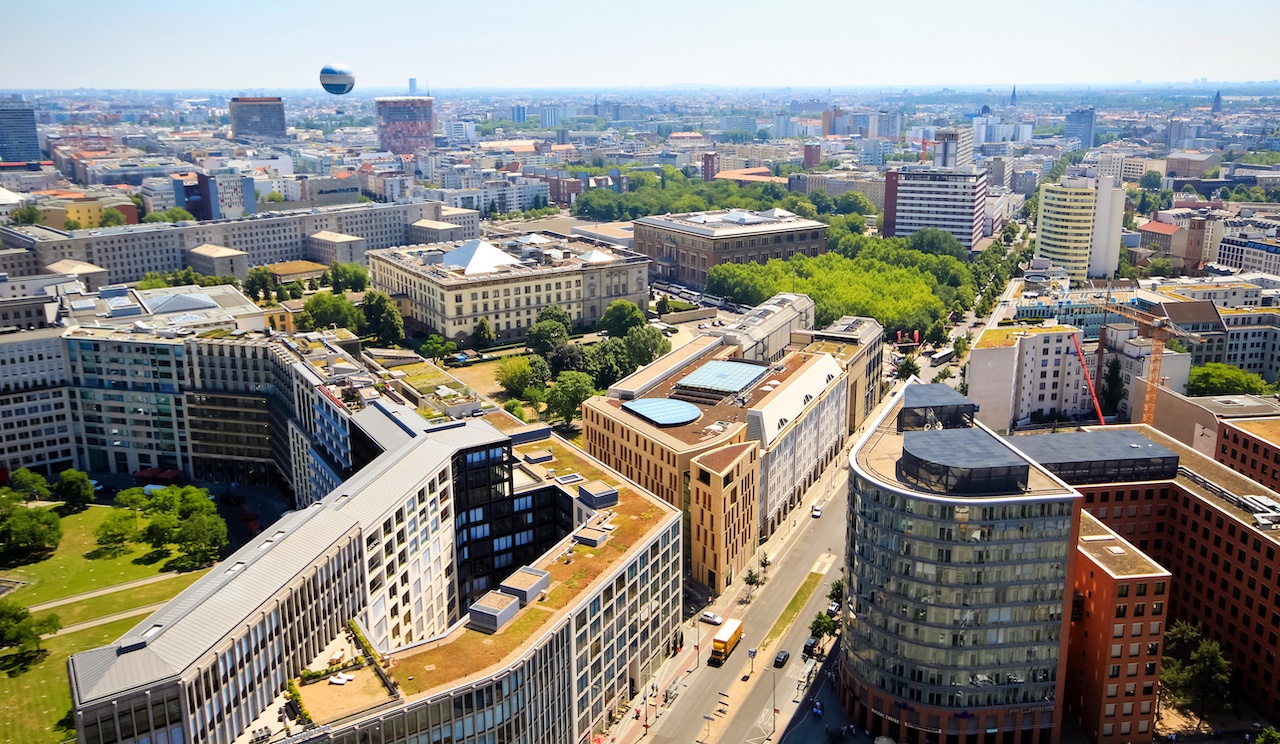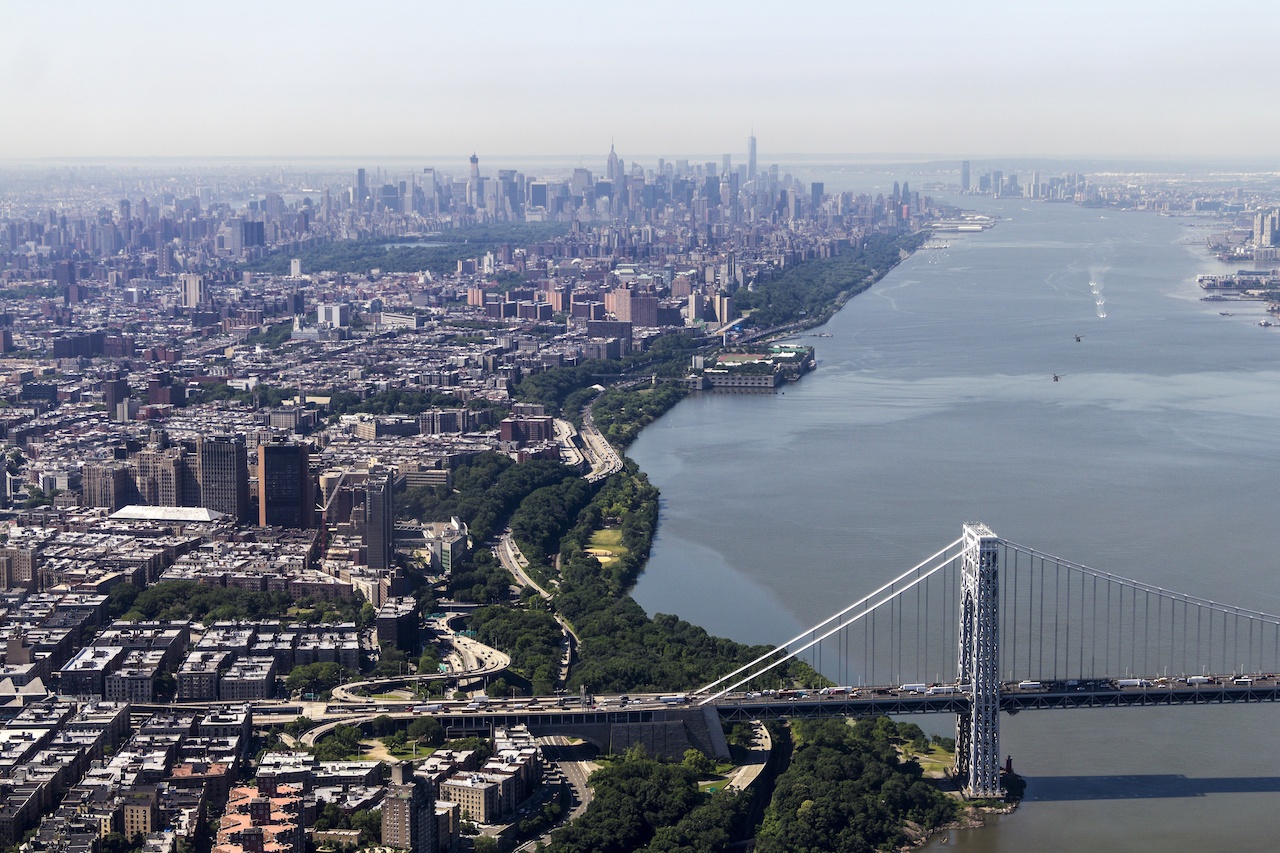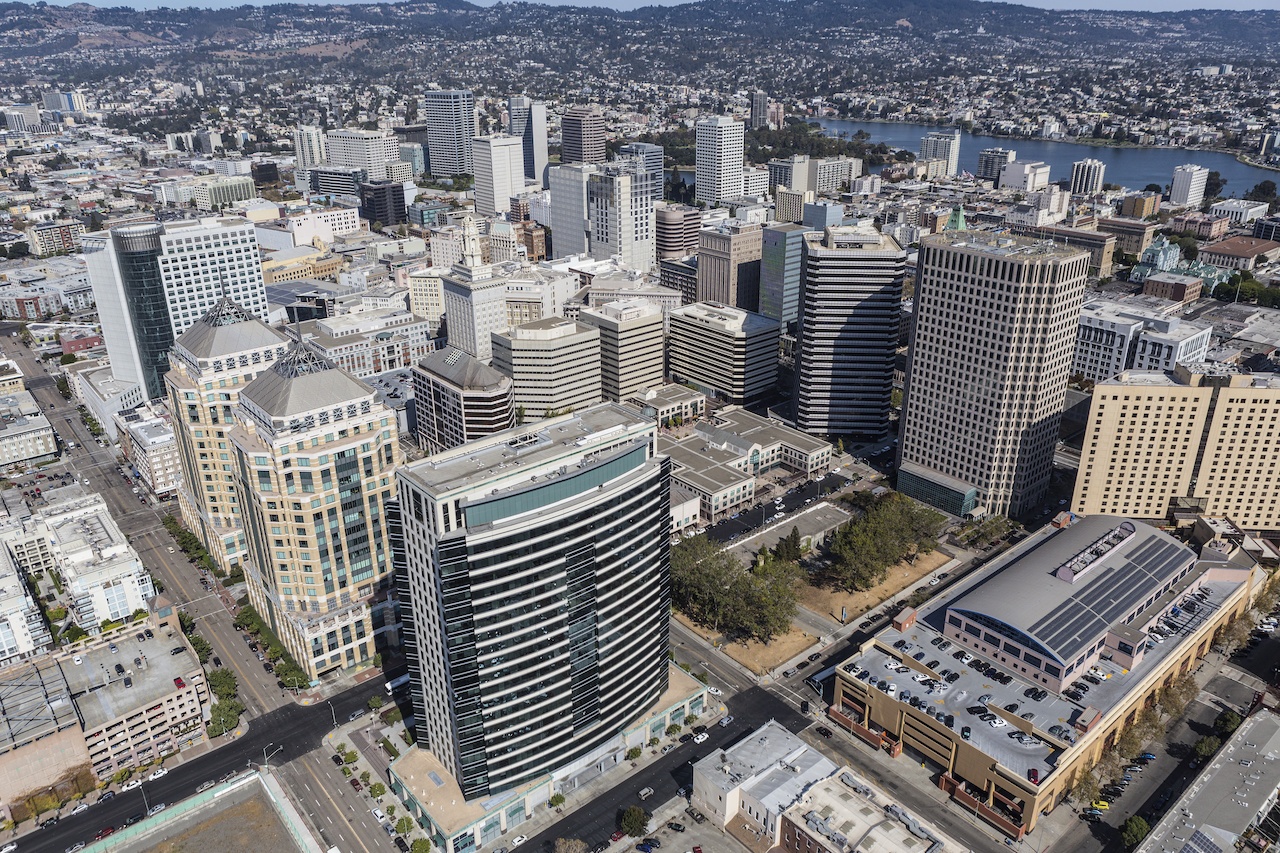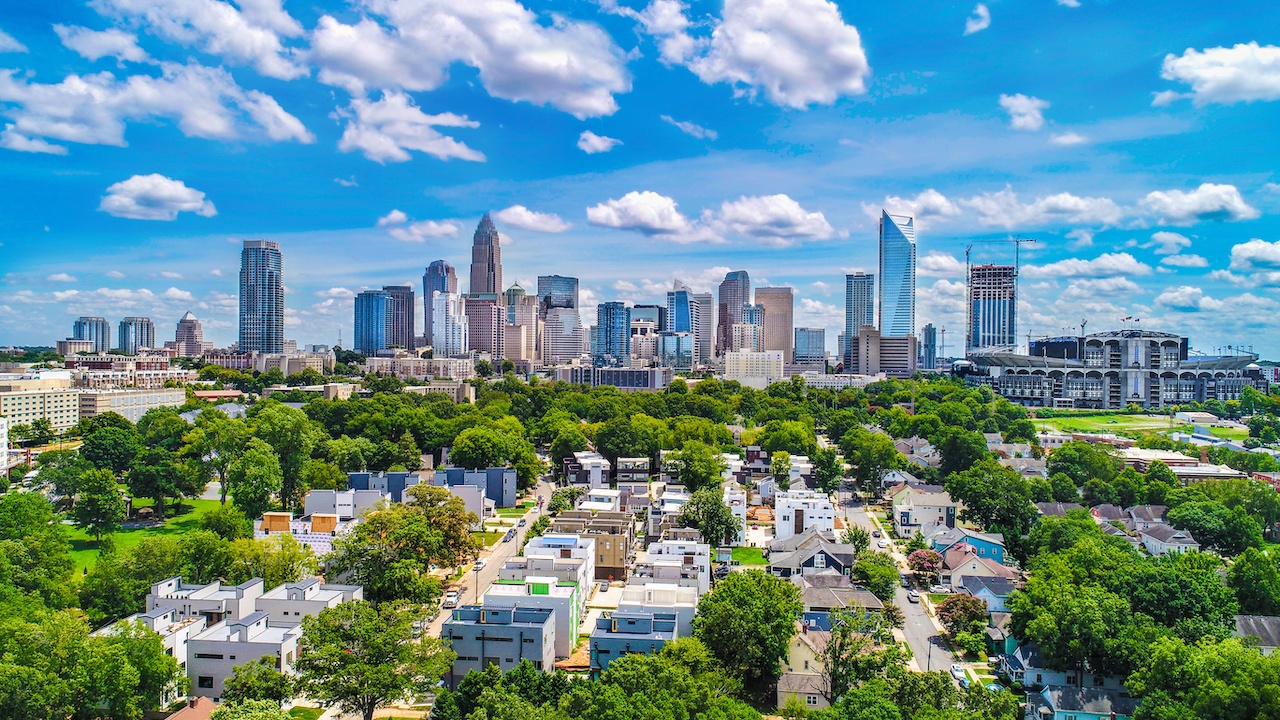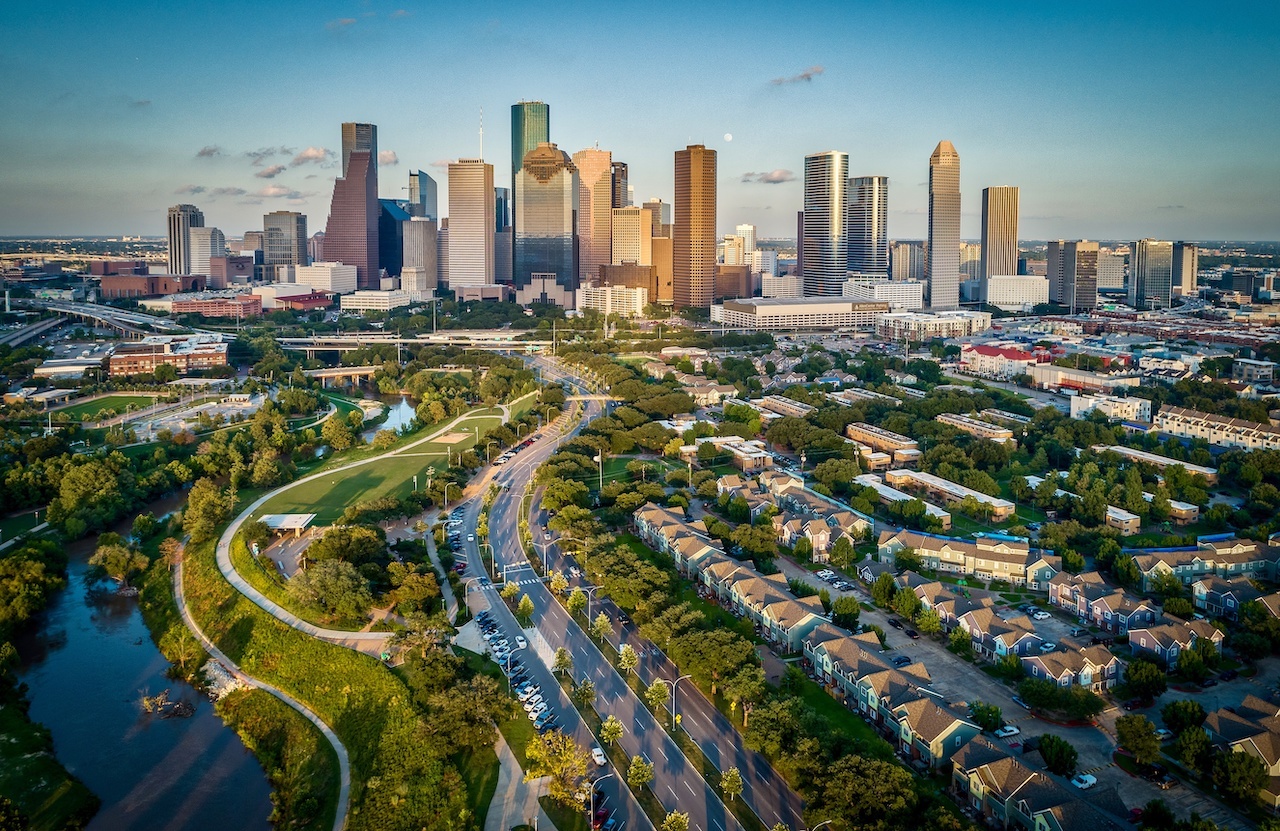Governance
A broad category of content focused on governance in cities.
Examples: Urban policy, justice, municipal services
A Community Blueprint for Opportunity Zones
Cities can and should inform their community members living in Opportunity Zones about what Opportunity Zones are, and how they work to protect them from speculation and displacement. Cities should also create zoning overlays to ensure projects proposed in Opportunity Zones actually provide community benefit. Cities can even create impact investing prospectuses marketing their Opportunity Zones to ethical investors. And, finally, cities should be ambitious, and create their own Opportunity Funds to include investment experts, policy experts, and members of the community to fund equitable, sustainable projects that actually benefit communities.
How Cities Can Benefit from International Knowledge Exchange
The use platform provides information on how to develop and implement approaches in response to complex urban issues in a local context. Each of the case studies offers a summary of a project, program or policy, including challenges, lessons learned, impacts and an assessment of the transferability potential to another location. The use platform is free and accessible to everyone who shares an interest in urban sustainability. Search our database, join the community, and upload your project.
A Book Review of A New City O/S: The Power of Open, Collaborative and Distributed Governance
The book highlights examples of how local governments are already applying principles of user-centered design and government that acts in time. Before launching their “Customer Choices” program, visiting the Indiana Bureau of Motor Vehicles was an inconvenient experience for residents to say the least. The new program dramatically improved customer satisfaction rates by allowing residents to access their services through partner dealerships or online, schedule appointments for in person visits, and monitor wait times.
Technology Can Do Much More than Optimize Cities
To a very real extent, city governments are held back by the fact they can’t go out of business. It’s fundamentally harder – in any sector – to reinvent an organisation than it is to create a new one. That’s especially so when the organisation is as complex as a city government with 900+ lines of business, and where the stakes of failing are so consequential. Policymakers and the wider innovation community cannot shirk the question of transition.
Rethinking Public Input for More Equitable Results
Public meeting-driven community engagement doesn’t produce equitable outcomes for communities. To get to an inclusive, fair outcome, the development & planning communities need to get more representative feedback from community members.
How L.A. is Working Its Way to Zero Emissions
By addressing a variety of factors that add to pollution, cities can take a more comprehensive approach to mitigating the effects of climate change. For example, Earthjustice worked with the Los Angeles Electric Truck and Bus Coalition to convince Mayor Garcetti and the regional transit authority to commit to 100% zero-emission buses by 2030. The campaign brought together environmentalists, bus riders, and good job advocates who see the potential of an electrified future to clean the air, create high-quality jobs, and combat the threat of climate change.
Economic & Political Implications of Vehicle Efficiency Standards
The two most important points of the 2018 SAFE Vehicles Rule proposed (or preferred) alternative include: a cap on greenhouse gas emissions (GHG) and fuel economy requirements for passenger vehicles at 2020 standard (35.5 mpg) through MY 2026, and; a revocation of the California waiver to the 1975 Clean Air Act. Recently, EPA indicated they are considering “tweaking” the preferred GHG proposal, but appear to be committed to the revocation of the waiver for California—an action that will likely lead to a drawn-out legal battle between the administration and California.
Carbon+Credits for Our City Forests
A large group of stakeholders in Austin worked together to make their city forest carbon program a reality. The City Office of Sustainability, the urban forest staff, the Department of Watersheds, the Climate Program Manager, and the local non-profit tree organization, TreeFolks, have begun a multi-year program to plant hundreds of miles of streams and rivers in the central Texas area. Their focus is on water quality, storm water reductions, flood control, carbon storage, and climate mitigation.
Building a Circular Economy in Charlotte
As the circular economy grows in Charlotte, our dependence on foreign imports would decrease and one area to benefit is local food production. From growing locally both traditionally and through aquaponics/hydroponics to the reuse of organic waste – this opportunity has the possibility of transforming the food culture in Charlotte to a more sustainable, healthy, and accessible system.
How Public Procurement Can Help Build the Circular Economy
The circular economy is currently regarded as a systemic solution to key sustainability issues we are facing as a society. It is embraced by companies, governments and citizens as it has the potential to protect the environment while creating jobs, business growth...3 Guidelines for Prioritizing Healthy Communities in Urban Planning
Upstream intervention, a widely known public health concept, is the idea of taking preventive actions that would steer away from potential detrimental health effects such as chronic diseases, injuries, and premature death. To put it in simple terms, all things being equal, staying physically active, eating healthy foods, drinking clean water and breathing clean air, can prevent a whole host of chronic diseases such as diabetes, asthma, heart and lung diseases and cancer. Upstream intervention can be expressed as enacting policies to ensure access to a clean and complete environment of health.
5 Things to Remember When Building a Smart City Business Case
Emerging technologies provide cities with a unique opportunity to both improve efficiency and better meet citizen and resident expectations. Managing competing demands for resources requires an understanding of the affected stakeholders and the relative economic and social impacts.


